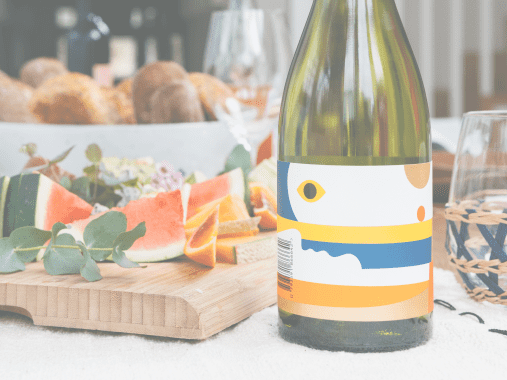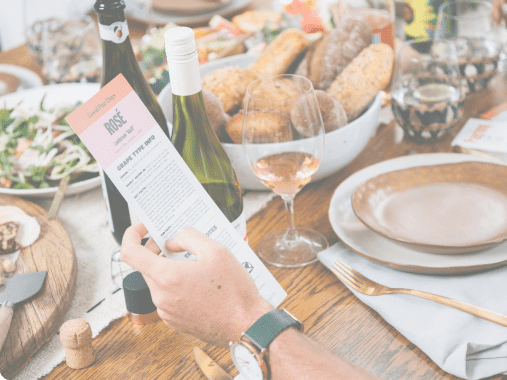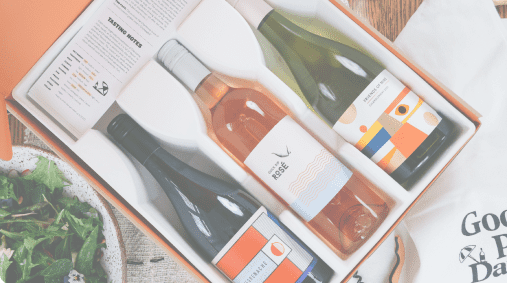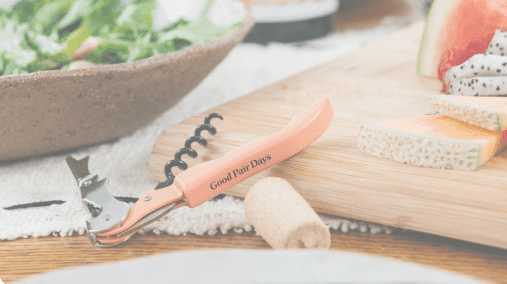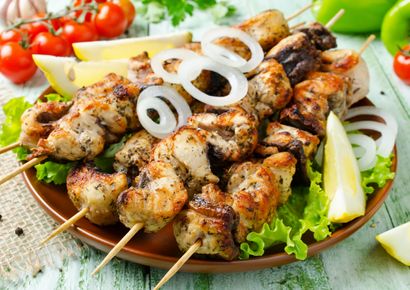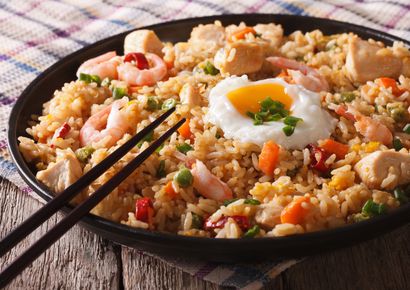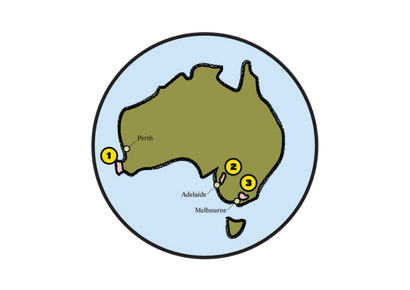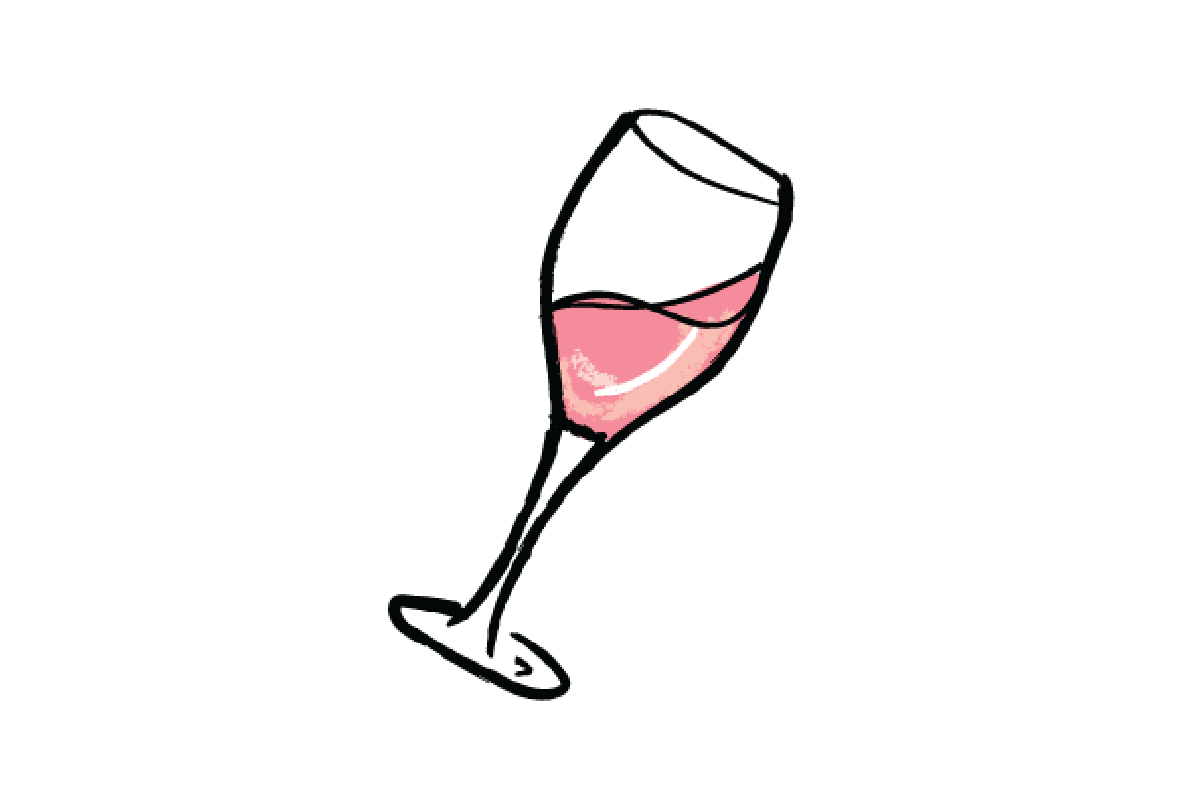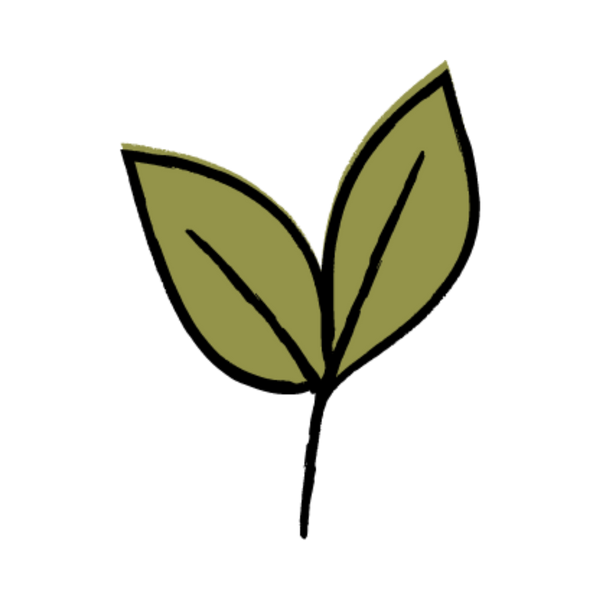Fenêtre Lavande Rosé 2022
Primary flavours

Berries

Cherry

Raspberry

Cream

Savoury
Details
Firstly, there is nothing better than a bottle that pops and this one pushes through the others and yells “Look at me, look at me!” Inside the bottle there is a host of good things with a touch of sweet red berries, creamy and elegant texture and firm acidity. Judge on the looks and be pleased with what is inside.
Origin: The spiritual home of rosé is Provence, in Southern France. Mainly Grown In: Rosé is found all over the world these days, but coastal regions are especially well suited to the growing of red grapes for rosé. Key Facts: Rosé is predominantly made from red grape varieties. The colour in wine comes from the pigment found in the skins of the grapes, so even red grapes have clear-coloured juice. The colour is then ‘bled’ out of the skins by infusing the skins into the juice. So for rosé, the wine simply spends far less time hanging out with the skins! Rarely you will find a rosé that is a combo of white and red grapes – they’re not ‘less good’, just less common. Rosé is super versatile – it suits any occasion. Best to always have a bottle in the fridge, just in case, you know… Wednesday happens or something. Fun Fact: Rosé gets frowned upon by some serious wine people. These people are fools. Rosé is great. Tell them we said so
Origin: The spiritual home of rosé is Provence, in Southern France. Mainly Grown In: Rosé is found all over the world these days, but coastal regions are especially well suited to the growing of red grapes for rosé. Key Facts: Rosé is predominantly made from red grape varieties. The colour in wine comes from the pigment found in the skins of the grapes, so even red grapes have clear-coloured juice. The colour is then ‘bled’ out of the skins by infusing the skins into the juice. So for rosé, the wine simply spends far less time hanging out with the skins! Rarely you will find a rosé that is a combo of white and red grapes – they’re not ‘less good’, just less common. Rosé is super versatile – it suits any occasion. Best to always have a bottle in the fridge, just in case, you know… Wednesday happens or something. Fun Fact: Rosé gets frowned upon by some serious wine people. These people are fools. Rosé is great. Tell them we said so
Read more
Taste Profile
This wine’s tasting notes.
Sweetness

lowmediumhigh
Body

lightmediumfull
Fruitiness

nonesomelots
Tannins

lowmediumhigh
Acidity

lowmediumhigh
Oak

nonesomelots
Alcohol

low
(under 12%)medium
(12-14%)high
(14%+)
Taste Summary
This wine’s tasting notes are leaning towards light bodied, low sweetness, with medium acidity, some fruitiness, low tannins, medium alcohol and no oak.
Specs
Region
Limestone Coast
country
Australia
Grape type
Rosé
Wine Maker
Fenetre Lavandre
Alcohol
13%
Vintage
2022
Cellar period
1-3 years
Production method
Vegan
State
SA
Pairing guide
Gorgeously floral and with notes of red berries, this quintessentially Gallic rosé wine never fails to impress on a lunch date, picnic or barbecue. It’s brilliantly food-friendly, too - we loved pairing this bottle with barbecued fish and seafood, but it’s every bit as good with chicken or duck salads, Moroccan couscous dishes, milder Indian curries and picnic favourites ranging from cold cuts to pasta salad and beyond. Savoury pastries, seafood skewers, chicken tikka and sushi would also be excellent pairings here - get creative in the kitchen and start cooking up a storm!
Read more
Food

Pizza

Antipasto

Hot & Spicy
Tastes

Crisp
Moods

Romantic
Seasons
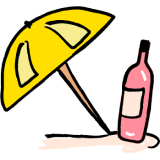
Summer
Recipe Matches
Wine region

Limestone Coast, Australia
The Limestone Coast is a large wine zone in the south-east of South Australia which has six wine regions that comprise the Limestone Coast; Coonawarra, Mount Benson, Mount Gambier, Padthaway, Robe and Wrattonbully. The Limestone Coast is in a unique position with cool winds and ocean waters throughout the summer months thanks to an oceanic event called the Bonney Upwelling which helps keep the vineyards cool during the hot summer months. The Limestone Coast produces a wide range of quality wines from classic Cabernet Sauvignon and Shiraz in Coonawarra to cool-climate varieties like Chardonnay and Pinot Noir in Robe and Mount Gambier. It is truly a versatile area and one of the backbones of the Australian wine industry.
Read more









